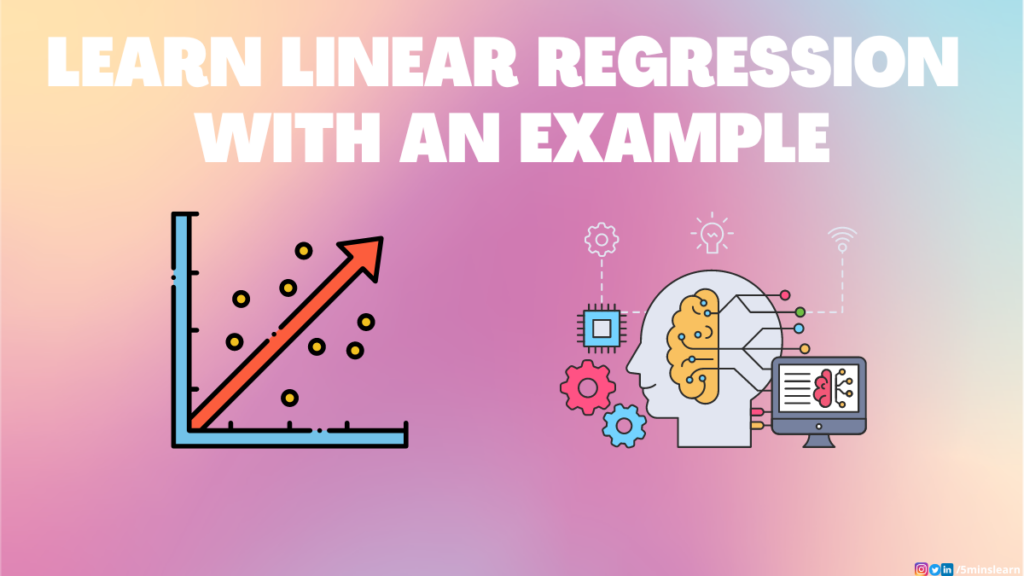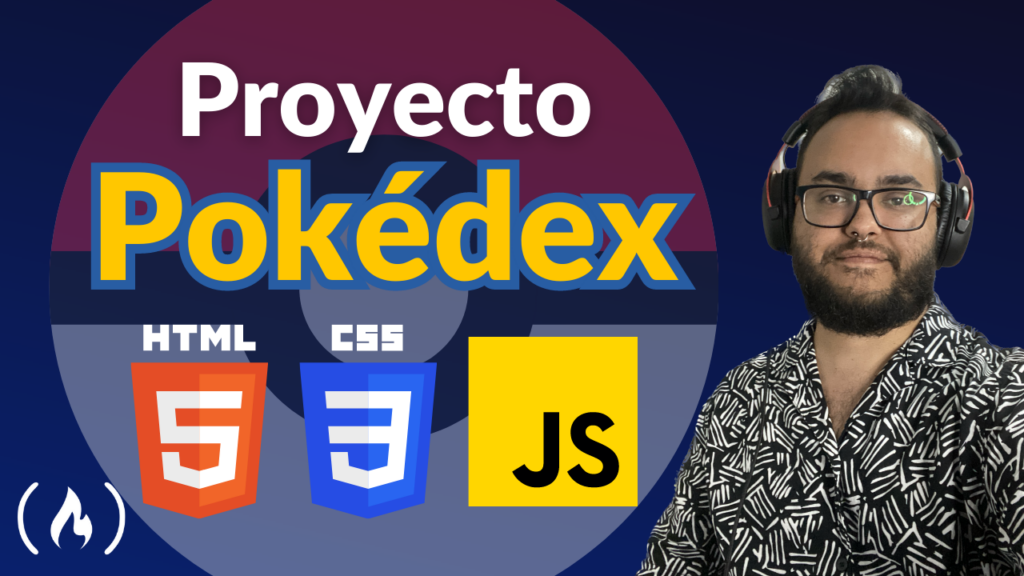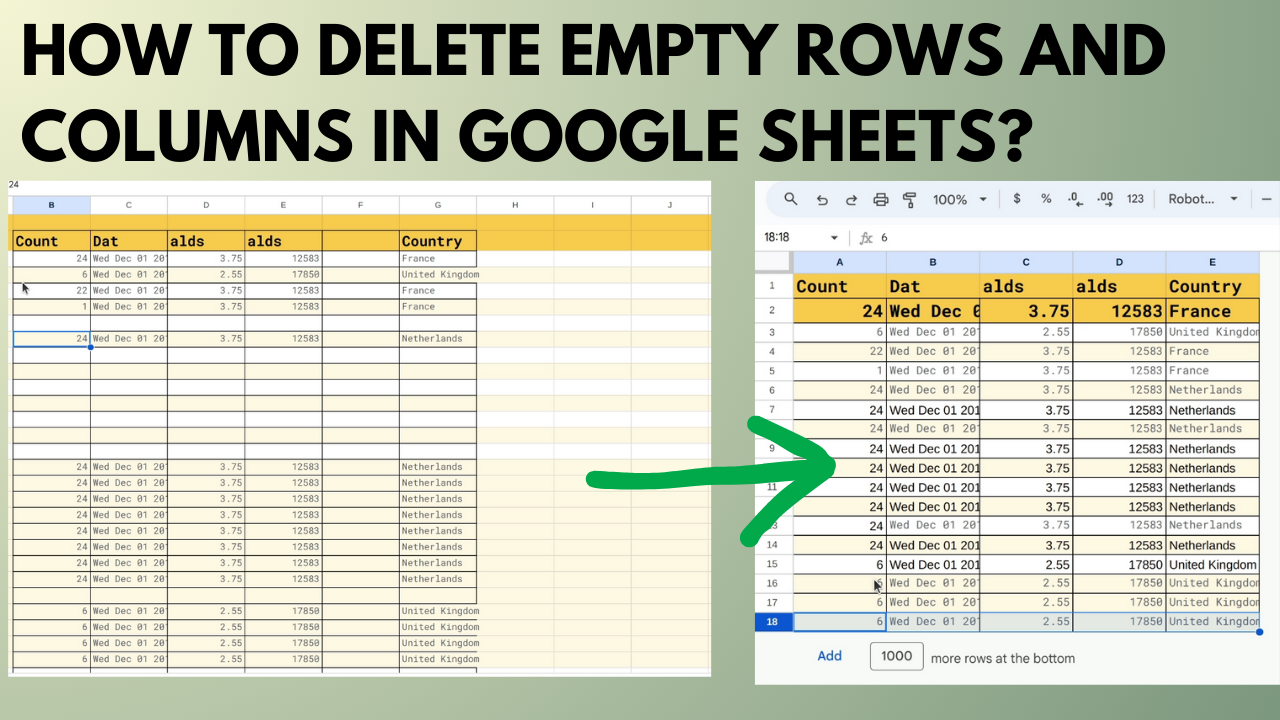The article titled “MERN Stack Crash Course – Build a Book Store App with freeCodeCamp.org” offers an opportunity for individuals to gain a comprehensive understanding of the MERN (MongoDB, Express.js, React, Node.js) stack and its components. In this crash course, readers will be guided through the process of building a Book Store app using the MERN stack, which is widely recognized and utilized in the web development industry. By following the step-by-step instructions and explanations provided in this article, readers will not only learn the fundamentals of the MERN stack but also develop a functional web application. With freeCodeCamp.org’s mission of making coding accessible to all, this crash course serves as a valuable resource for individuals looking to enhance their web development skills.

MERN Stack Crash Course – Build a Book Store App with freeCodeCamp.org
Overview of MERN Stack
The MERN stack is a powerful and popular web development stack that allows developers to build full-stack applications using JavaScript. MERN stands for MongoDB, Express.js, React.js, and Node.js. Each of these technologies plays a crucial role in creating a robust and efficient web application.
MongoDB is a NoSQL database that provides scalability and flexibility for managing large amounts of data. Express.js is a web application framework for Node.js that simplifies the process of building web applications and APIs. React.js is a JavaScript library for building user interfaces, allowing developers to create interactive and dynamic UI components. Node.js is a runtime environment that allows developers to run JavaScript code outside of a web browser, making it ideal for server-side development.
By combining these technologies, developers can create a seamless and efficient development workflow, as well as build scalable and high-performance web applications. In this crash course, you will learn how to build a book store app using the MERN stack.
Setting Up the Development Environment
Before you can start building your book store app, you need to set up your development environment. This includes installing the necessary software and tools required for MERN stack development.
To begin, you will need to install Node.js and npm (Node Package Manager) on your machine. Node.js comes with npm already installed. Once you have Node.js and npm installed, you can use npm to install the other required tools and libraries, such as Express.js and React.js.
You will also need a code editor to write your code. There are many popular code editors available, such as Visual Studio Code, Sublime Text, and Atom. Choose the one that you feel most comfortable with.
Additionally, you will need a web browser to test your application. Google Chrome and Mozilla Firefox are popular choices among developers.
Once you have set up your development environment, you are ready to start building your book store app.
Creating the Backend with Node.js and Express
The backend of your application is responsible for handling data requests and processing them. In the case of a book store app, the backend will handle tasks such as retrieving book information from the database, adding new books, and updating existing books.
To create the backend, you will use Node.js and Express.js. Node.js allows you to run JavaScript code on the server-side, while Express.js provides a framework for building web applications and APIs.
In this section, you will learn how to set up a basic Express.js server and define the routes and handlers for the different API endpoints.

Designing and Implementing the Database Schema with MongoDB
Next, you will need to design and implement the database schema for your book store app. The database schema defines the structure of the data that will be stored in the database, including the tables and their relationships.
MongoDB is a popular choice for NoSQL databases with its flexible and scalable data model. It allows you to store and manage data in a document-oriented format, making it ideal for complex and dynamic data structures.
In this section, you will learn how to design and implement the database schema for your book store app using MongoDB.
Building the REST API Endpoints
With the backend and database in place, it’s time to build the REST API endpoints for your book store app. REST (Representational State Transfer) is an architectural style for designing networked applications.
The API endpoints define the different operations that can be performed on the data, such as retrieving a list of books, adding a new book, updating an existing book, and deleting a book.
In this section, you will learn how to define and implement the REST API endpoints for your book store app using Express.js.

Implementing CRUD Operations
CRUD (Create, Read, Update, Delete) operations are the basic operations that can be performed on data. In the context of a book store app, CRUD operations allow users to create new books, retrieve information about books, update book details, and delete books.
In this section, you will learn how to implement the CRUD operations for your book store app using the REST API endpoints you created earlier.
Adding Authentication and Authorization
Authentication and authorization are important aspects of any web application. Authentication ensures that users are who they claim to be, while authorization determines what actions a user is allowed to perform.
In this section, you will learn how to add authentication and authorization to your book store app using popular authentication methods such as JWT (JSON Web Tokens) and bcrypt.

Creating the Frontend with React
The frontend of your book store app is responsible for presenting the data to the user and handling user interactions. In this section, you will learn how to create the frontend of your app using React.js.
React.js allows you to build user interfaces by creating reusable UI components. These components can be combined to create complex UI structures, making it easier to manage and maintain your code.
Designing the User Interface with HTML and CSS
To create the user interface for your book store app, you will need to design and style the UI components using HTML and CSS.
HTML (Hypertext Markup Language) is the standard markup language for creating web pages. It allows you to structure the content of your web pages using elements such as headings, paragraphs, images, and links.
CSS (Cascading Style Sheets) is a stylesheet language that allows you to style the appearance of your web pages. You can use CSS to define the colors, fonts, layouts, and other visual aspects of your app.
In this section, you will learn how to design and style the user interface of your book store app using HTML and CSS.

Implementing React Components
In the previous section, you learned how to create the UI components for your book store app. Now it’s time to learn how to implement those components using React.js.
React components are JavaScript classes or functions that return JSX (JavaScript XML), which is a syntax extension for JavaScript. JSX allows you to write XML-like code within your JavaScript code, making it easier to create and manipulate the UI components.
In this section, you will learn how to implement the React components for your book store app and configure the component’s properties using props.
Fetching and Displaying Data from the Backend
To provide a seamless experience to users, your book store app needs to retrieve and display data from the backend. In this section, you will learn how to fetch data from the backend using asynchronous JavaScript and display it in your app.
JavaScript provides several built-in methods and APIs for making HTTP requests, such as the fetch() method and the XMLHttpRequest API. You can use these methods to send requests to your backend API and receive responses.
Adding CRUD Functionality to the Frontend
Now that you can fetch and display data from the backend, it’s time to add CRUD functionality to your frontend. This will allow users to create, read, update, and delete books directly from the user interface.
In this section, you will learn how to implement the CRUD functionality for your book store app using the REST API endpoints you created earlier.
Integrating Authentication and Authorization in the Frontend
In the previous sections, you learned how to add authentication and authorization to your backend. Now it’s time to integrate these features into the frontend of your book store app.
In this section, you will learn how to implement features such as user registration, login, and logout using React.js. You will also learn how to protect routes and restrict access to certain pages based on the user’s authentication status and role.
Deploying the Book Store App
Once you have built and tested your book store app, you are ready to deploy it so that it can be accessed by users. In this section, you will learn how to deploy your app to a production environment using platforms such as Heroku, Firebase, or Netlify.
Deploying your app involves tasks such as configuring the deployment settings, preparing your app for production, and uploading your code to the hosting platform.
By following this comprehensive crash course, you will gain a solid understanding of the MERN stack and how to build a complete web application from scratch.

